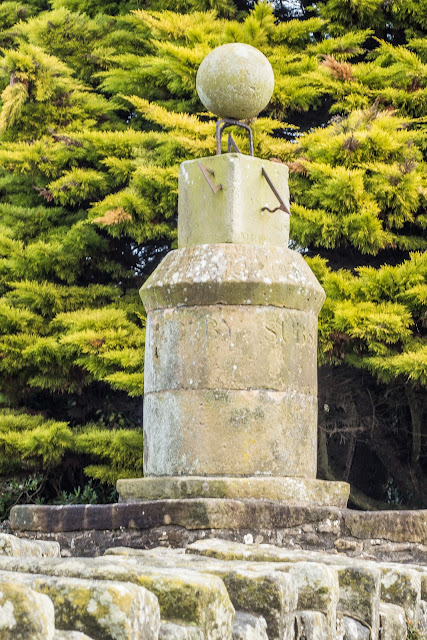What can be seen at Walton on the Naze?

Walton is a traditional seaside town on the east coast, unique in that it is surrounded on three sides by the sea. Its three miles of gently shelving sandy beaches facing south-east stretch from Frinton to the Naze. To the north, the sea sweeps round the Naze into the backwaters, known as Hamford Water, and the Walton Channel stretches right down to Walton Mere, only 300 yards from the main beach. The Naze, as well as being a natural open space, is a Site of Special Scientific Interest (SSSI) famed for its fossils found in the Red Crag cliffs. As well as these glorious natural features, Walton is known for its pier – the second-longest in the country – its yacht club and marina, and its iconic tower at The Naze from where panoramic views can be enjoyed of the Walton backwaters, Harwich and Felixstowe and the Suffolk coast. The coast of East Anglia is always subject to erosion and the day of our visit to Walton demonstrated the effects which a stormy period on the North se



